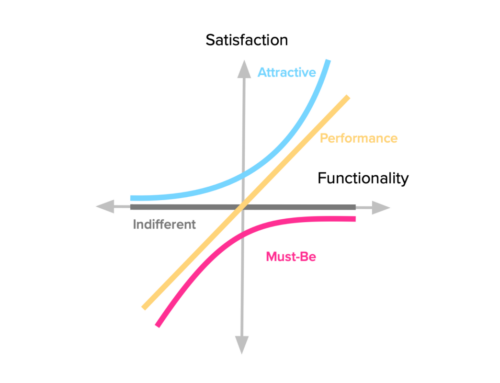
Contextual Inquiry is a powerful research method that uncovers insights into the way users interact with a product in their natural environment. It involves observing users as they engage with a product, system or service while performing real-world tasks. This hands-on approach provides researchers with rich data that cannot be obtained through conventional surveys or remote interviews.
During a Contextual Inquiry, the researcher acts as an observer, closely following the user’s actions, interactions and decision-making processes in person. The goal is to understand the context in which users interact with the product, their pain points, and moments of delight. This in-depth analysis aids in identifying usability issues, improving user workflows, creating detailed user journeys and gaining an empathetic understanding of the end-users.
The Role of Contextual Inquiry in UX Research
Unlike traditional lab-based studies, which may feel artificial to participants, Contextual Inquiry captures genuine user experiences, leading to possibly more accurate and reliable insights.
By stepping into the user’s shoes and observing firsthand how they navigate through their tasks, researchers gain a comprehensive understanding of the challenges users face daily. This understanding is invaluable when it comes to designing products that seamlessly fit into users’ lives and deliver exceptional experiences.
Conducting a Contextual Inquiry
To conduct a successful Contextual Inquiry, researchers must follow a well-structured process. The first step involves defining the research objectives and selecting the appropriate participants. Researchers must identify representative users who match the target audience to ensure the data collected is relevant to the design process.
Next, researchers must prepare a detailed study plan that outlines the specific tasks or scenarios users will be asked to perform during the inquiry. This plan acts as a guide during the session, ensuring consistent data collection and reducing bias.
On the day of the Contextual Inquiry, the researcher visits the participants’ location, whether it’s their workplace, home, or any other relevant setting. During the session, the researcher observes and actively engages with the participants, asking open-ended questions to encourage detailed responses. The focus is not only on what the users do but also on the reasons behind their actions.
Benefits of Contextual Inquiry
One of the primary benefits is its ability to uncover hidden insights. By observing users in their natural settings, researchers can identify pain points that users may not even be aware of themselves. These insights provide a strong foundation for designing user-centric products that address real needs and frustrations.
Another advantage of Contextual Inquiry is its ability to capture the emotional aspects of user experiences. Traditional surveys and questionnaires might provide valuable quantitative data, but they often fail to capture the emotional responses of users. Contextual Inquiry, on the other hand, allows researchers to witness firsthand the frustrations, joys, and emotional triggers that influence user behavior.
Overcoming Challenges in Contextual Inquiry
One of the main challenges is the potential presence of the “observer effect.” The presence of a researcher may alter the participant’s behavior, leading to responses that are not entirely authentic. To mitigate this effect, researchers must establish a comfortable rapport with participants and adopt unobtrusive observation techniques.
Another challenge is the time and resources required to conduct Contextual Inquiry effectively. Unlike remote surveys, which can reach a large number of participants quickly, Contextual Inquiry demands a more labor-intensive process. Researchers must be willing to invest time in recruiting participants, conducting on-site visits, and analyzing the collected data thoroughly.
Contextual Inquiry is a impactful, immersive and empathetic approach to understanding the user’s needs and behaviors. By diving into the user’s natural environment, researchers can witness firsthand the intricacies of user interactions, enabling them to design products that resonate deeply with their target audience.










